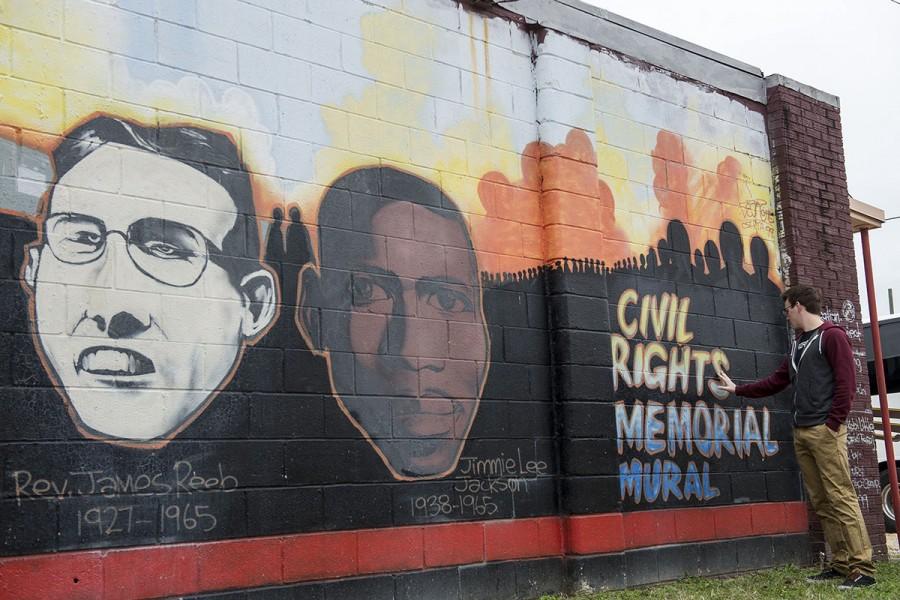The Civil Rights Pilgrimage: why everyone needs to go
This impactful, alternative break is a necessary experience
More stories from Amanda Thao
I sat on the floor of my bedroom, rifling through journals I had stuffed into my tiny black bookcase and stumbled upon an old entry.
“I don’t know if it was due to the lack of sleep, but after reading so many quotes and seeing so many awful pictures of the violence surrounding the civil rights movement, it just became too much,” I read. “I hope our generation challenges the problems that society faces today and works toward a solution together.”
Written during my freshman year of college in the middle of the Civil Rights Pilgrimage, the pages I had relied upon for validation made me realize I had also recorded a journey of personal growth.
The pilgrimage, an alternative spring or winter break spent in the south, offers insight into our nation’s troubled history.
In 10 days, you hit eight cities including Atlanta, New Orleans, Little Rock and Memphis. The trip is quick, but full of enriching life lessons.
It sounds boring, you say? Sure, I’m not much of a history buff either, but understanding the past is necessary to understand the present.
Let’s face it: racism isn’t dead. The faster we all realize this, the sooner we can rid ourselves of it. I see that it may be a foreign topic to breach for some, but we have to become comfortable with being uncomfortable.
Social issues are not going to vanish if we decide to side with ignorance, much like a messy bedroom won’t rid itself of filth. Every generation needs to educate themselves and the pilgrimage is an authentic way to do so.
Have you ever caught yourself thinking badly about a black person? Have you ever felt uncomfortable around people of color? Do you find yourself associating certain groups with negativity?
I unearthed and acknowledged my personal set of prejudices during the pilgrimage, which then led to conversations about microaggressions, stereotypes, intersectionality, white supremacy, colorblindness, systems of oppression and the impossibility of reverse racism.
These things exist and play a part in our everyday lives, invisible to some, but a cold reality to others.
During the pilgrimage, attendees learn about black history by visiting museums such as the Whitney Plantation, the first museum for enslaved people, as well as listening to an original Freedom Rider speak, taking part in a slavery reenactment and more.
With open spots on the spring break trip this year from March 18 through the 27, this life-changing pilgrimage costs $600, including hotel lodging, transportation and tours.
It can also be used for a three-credit women’s studies class, allowing for possible financial aid coverage, a benefit that should be noted for next year’s trip.
I, like many others, agree that the knowledge gained during the pilgrimage outweighs the costs. Speak to anyone who has gone and you’ll most likely be met with praises. Some students have even changed their majors because of it.
The trip is full of highs and lows, from two fun nights in New Orleans to learning about the enslavement of human beings, each high and each low contains a lesson worth learning. You can sign up for the pilgrimage spring break trip on the UW-Eau Claire Civil Rights Pilgrimage website.


